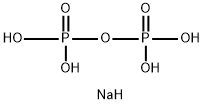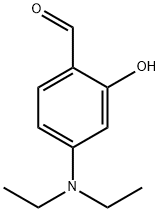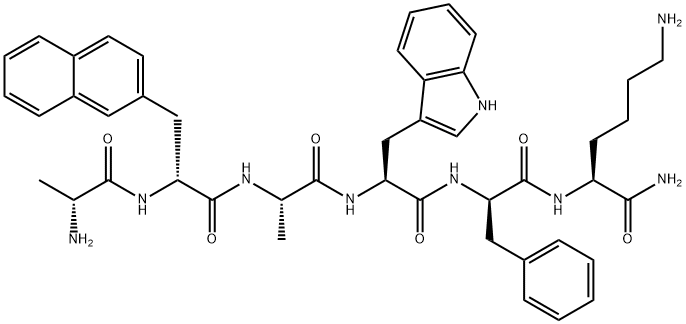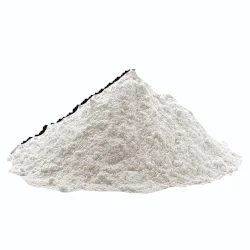Stannous pyrophosphate
Synonym(s):Stannous pyrophosphate
- CAS NO.:15578-26-4
- Empirical Formula: O7P2Sn2
- Molecular Weight: 411.36
- MDL number: MFCD00167376
- EINECS: 239-635-5
- SAFETY DATA SHEET (SDS)
- Update Date: 2025-12-17 09:49:34

What is Stannous pyrophosphate?
Chemical properties
White Solid
Chemical properties
Stannous pyrophosphate, Sn2P2O7, sp gr 4.009 at 16 °C (60.8 °F), is an amorphous white powder, decomposing at above 400 °C. It is insoluble in water and soluble in concentrated mineral acids and sodium pyrophosphate.
The Uses of Stannous pyrophosphate
Tin(II) Pyrophosphate inhibit the formation of volatile sulphur compounds (VSC).
The Uses of Stannous pyrophosphate
Tin(II) pyrophosphate is used to inhibit the formation of volatile sulfur compounds. Further, it is used for cyanide-free tin coating.
Production Methods
It is prepared from stannous chloride and sodium pyrophosphate, and used as a caries preventative in toothpaste and as a diagnostic aid in radioactive bone scanning and red-blood-cell labeling.
brand name
TechneScan PYP (Mallinckrodt).
Properties of Stannous pyrophosphate
| Melting point: | >400°C (dec.) |
| Density | 4,01 g/cm3 |
| storage temp. | Refrigerator |
| solubility | insoluble in H2O; soluble in concentrated acid solutions |
| form | Powder |
| color | White |
| Specific Gravity | 4.01 |
| Water Solubility | Insoluble in water. |
| Merck | 14,8788 |
| Exposure limits | ACGIH: TWA 2 mg/m3 NIOSH: IDLH 100 mg/m3; TWA 2 mg/m3 |
| CAS DataBase Reference | 15578-26-4(CAS DataBase Reference) |
| EPA Substance Registry System | Diphosphoric acid, tin(2+) salt (1:2) (15578-26-4) |
Safety information for Stannous pyrophosphate
| Signal word | Warning |
| Pictogram(s) |
 Exclamation Mark Irritant GHS07 |
| GHS Hazard Statements |
H315:Skin corrosion/irritation H319:Serious eye damage/eye irritation H335:Specific target organ toxicity, single exposure;Respiratory tract irritation |
| Precautionary Statement Codes |
P261:Avoid breathing dust/fume/gas/mist/vapours/spray. P264:Wash hands thoroughly after handling. P264:Wash skin thouroughly after handling. P271:Use only outdoors or in a well-ventilated area. P280:Wear protective gloves/protective clothing/eye protection/face protection. P302+P352:IF ON SKIN: wash with plenty of soap and water. P305+P351+P338:IF IN EYES: Rinse cautiously with water for several minutes. Remove contact lenses, if present and easy to do. Continuerinsing. |
Computed Descriptors for Stannous pyrophosphate
New Products
Indole Methyl Resin tert-butyl 9-methoxy-3-azaspiro[5.5]undecane-3-carboxylate Boc-His(Boc)-OH 2-CTC Resin 4-Chloro-7-tosy1-7Hpyrrolo[2,3-d]pyrimidine 5,7-Dibromo-1H-indole 2,5-dichloro-N-hydroxy-4,6-dimethylpyridine-3-carboximidamide 2,2-Dimethoxy-7-azaspiro[3.5]nonane hydrochloride 4-chloromethyl-5-methyl-1,3-dioxol-2-one (DMDO-Cl) R-2-BENZYLOXY PROPIONIC ACID 1,1’-CARBONYLDIIMIDAZOLE 1,1’-CARBONYLDI (1,2-4 TRIAZOLE) N-METHYL INDAZOLE-3-CARBOXYLIC ACID 4-((2-hydroxyethyl)thio)benzoic acid 1-(TERT-BUTOXYCARBONYL)-2-PYRROLIDINONE Methyl 6-methylnicotinate 3-Pyridineacrylic acid tert-Butyl carbazate TETRAHYDRO-2H-PYRAN-3-OL 2-((4-morpholinophenylamino) (methylthio) methylene) malononitrile 3-(4-morpholinophenylamino)-5-amino-1H-pyrazole-4-carbonitrile 2,4-dihydroxybenzaldehyde 1,3-Diethyl-1,3-Diphenylurea Methyl 2-methylquinoline-6-carboxylateRelated products of tetrahydrofuran








You may like
-
 Tin(II) Pyrophosphate CAS 15578-26-4View Details
Tin(II) Pyrophosphate CAS 15578-26-4View Details
15578-26-4 -
 Stannous pyrophosphate CAS 15578-26-4View Details
Stannous pyrophosphate CAS 15578-26-4View Details
15578-26-4 -
 Tin(II) pyrophosphate CASView Details
Tin(II) pyrophosphate CASView Details -
 Tin(II) pyrophosphate CAS 15578-26-4View Details
Tin(II) pyrophosphate CAS 15578-26-4View Details
15578-26-4 -
 Stannous Pyrophosphate PowderView Details
Stannous Pyrophosphate PowderView Details
7722-88-5 -
 Pyridine 99.5% HPLC /UV SpectroscopyView Details
Pyridine 99.5% HPLC /UV SpectroscopyView Details
110-86-1 -
 Dibutyl PhthalateView Details
Dibutyl PhthalateView Details
84-74-2 -
 Thiourea 99% ARView Details
Thiourea 99% ARView Details
62-56-6
Statement: All products displayed on this website are only used for non medical purposes such as industrial applications or scientific research, and cannot be used for clinical diagnosis or treatment of humans or animals. They are not medicinal or edible.
